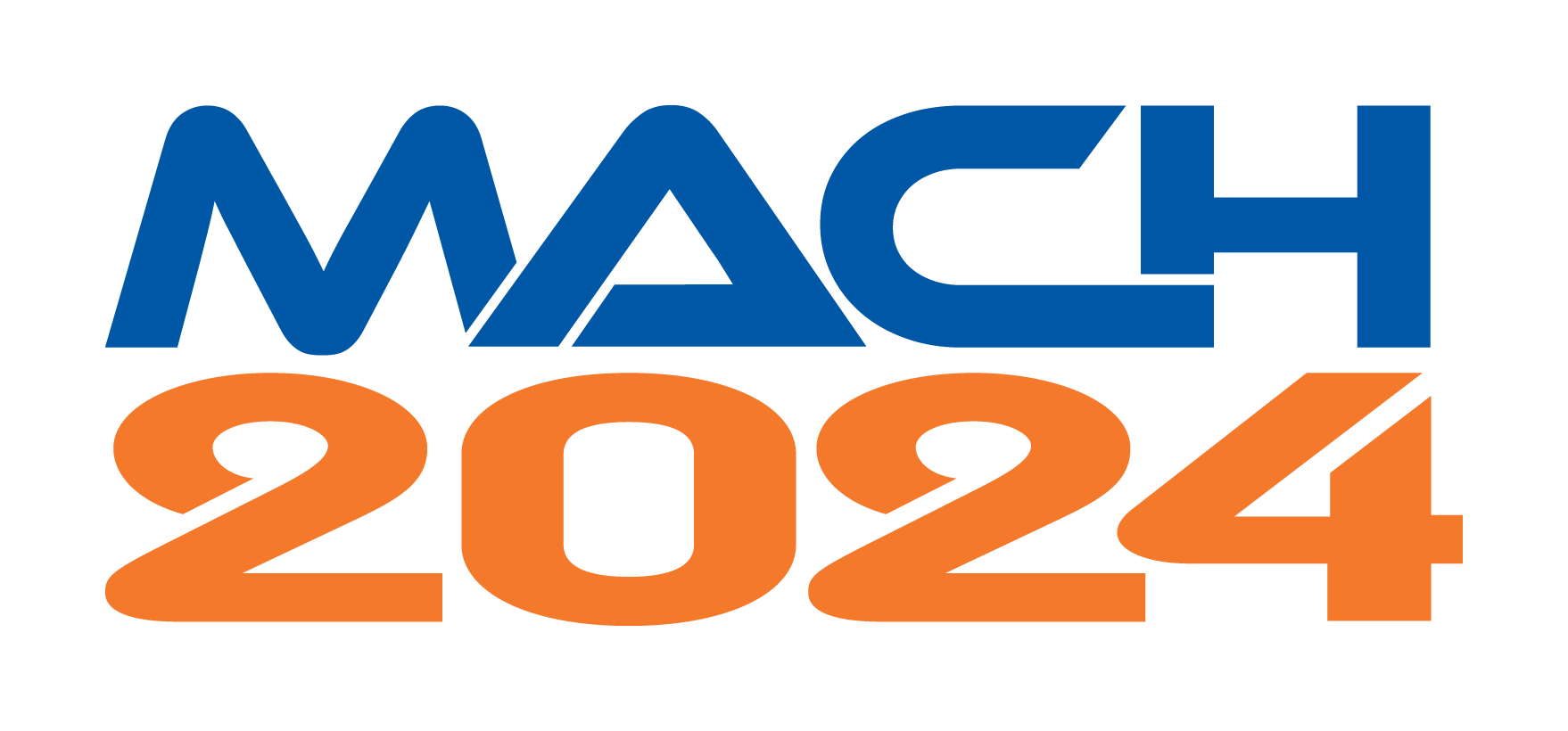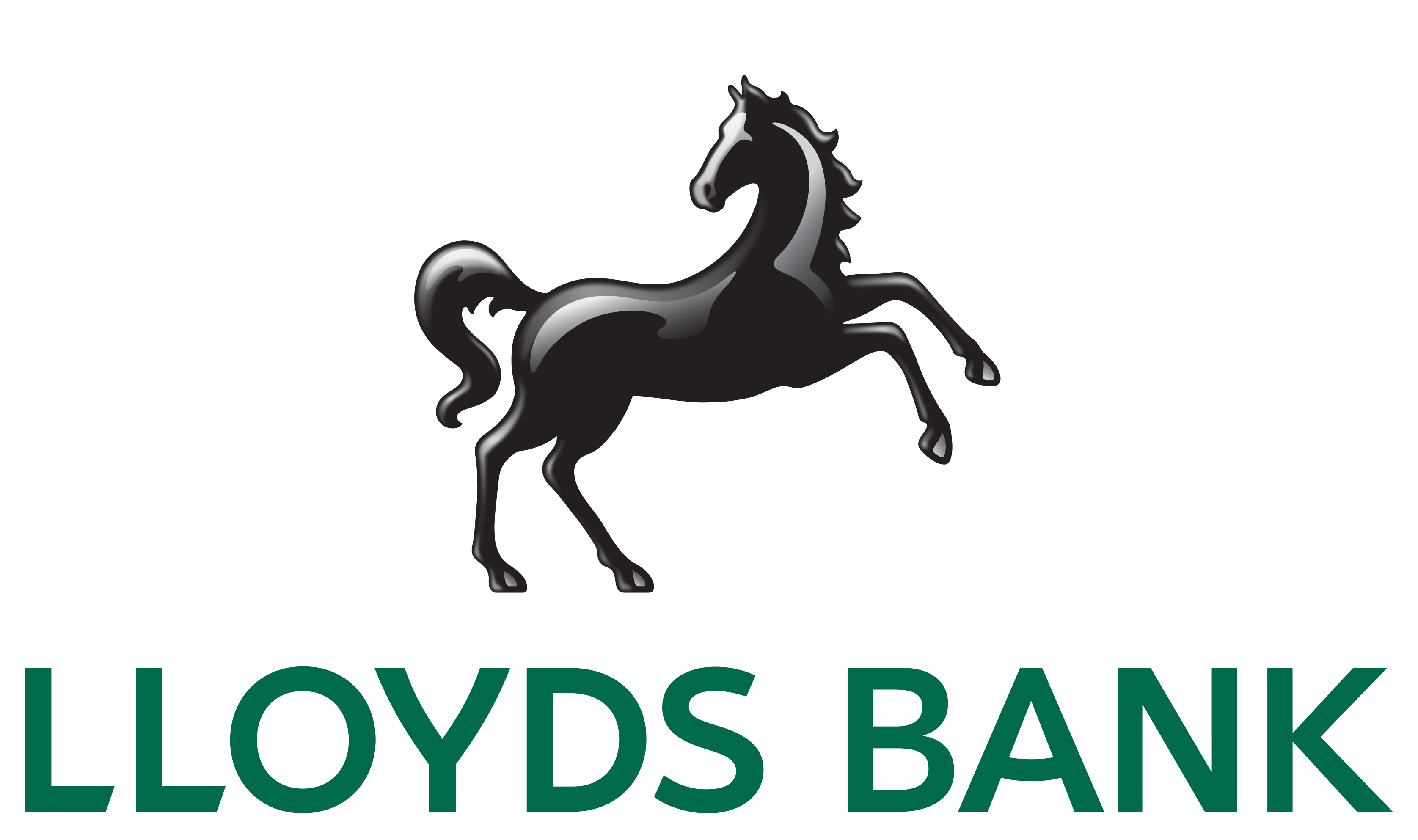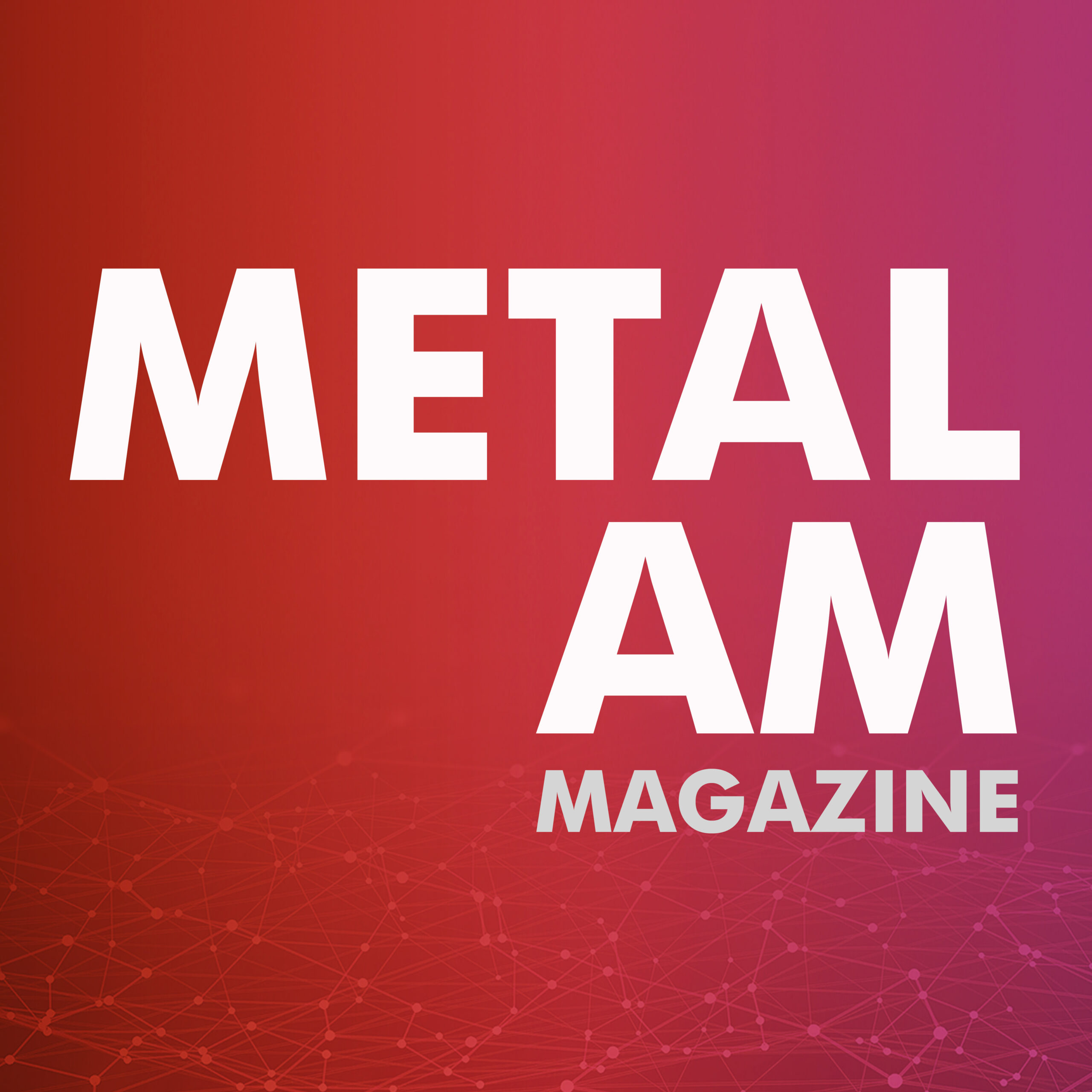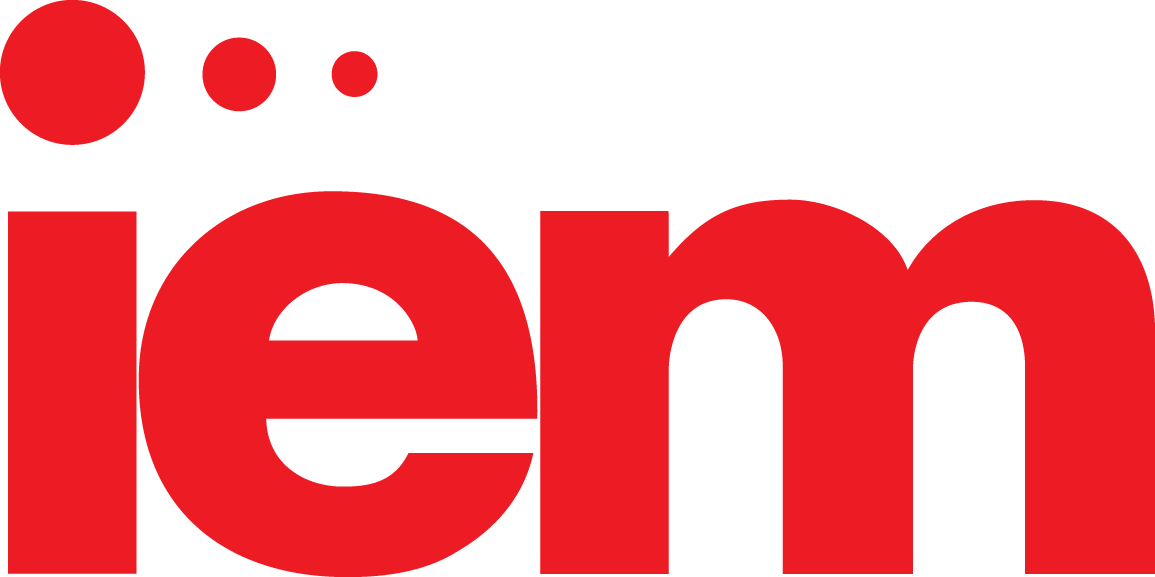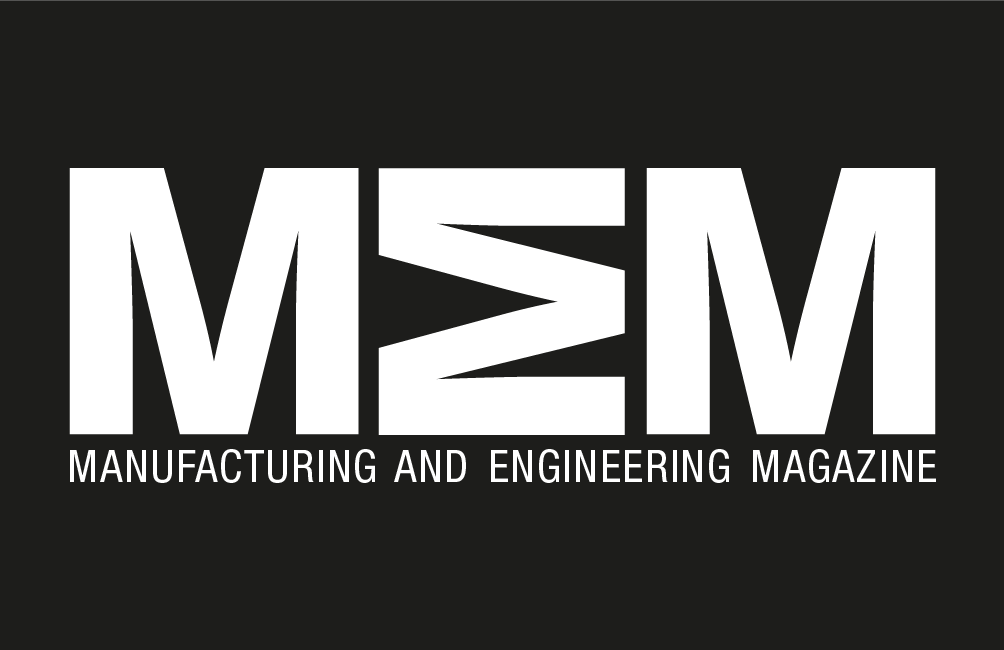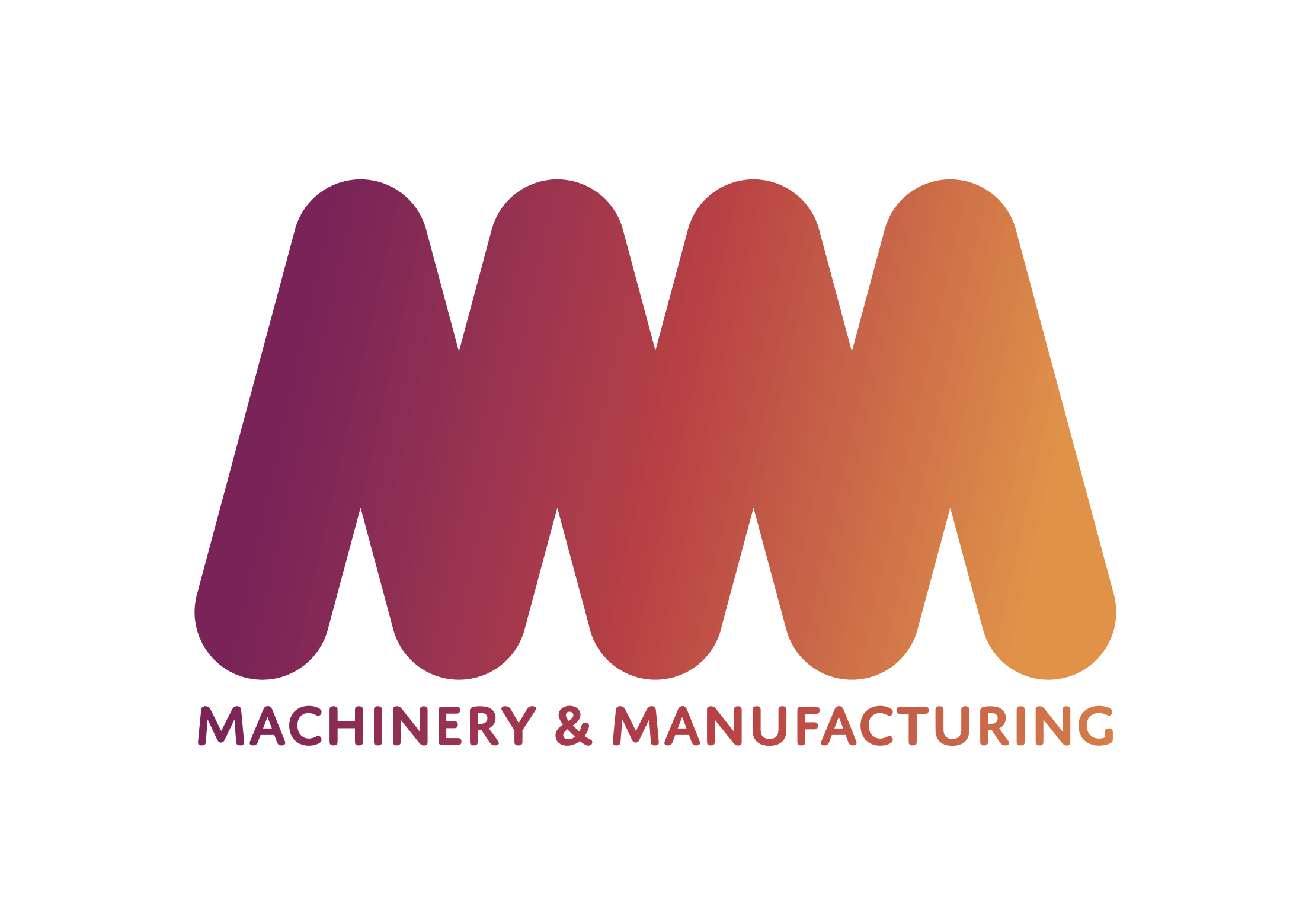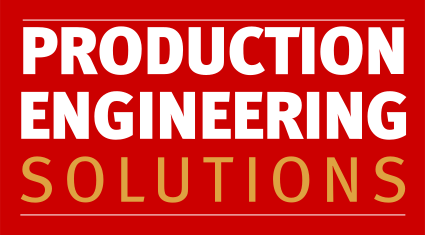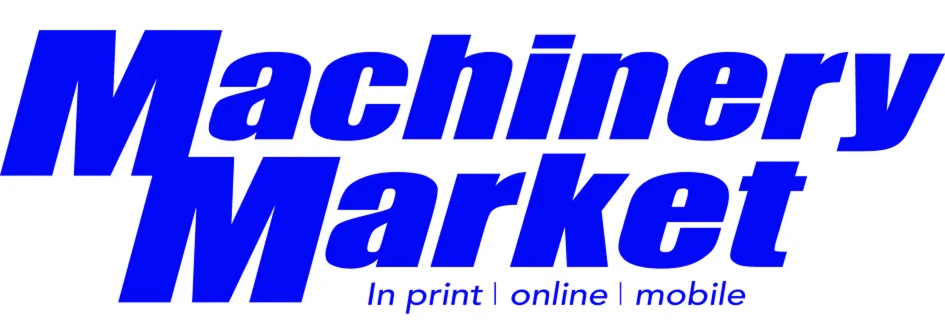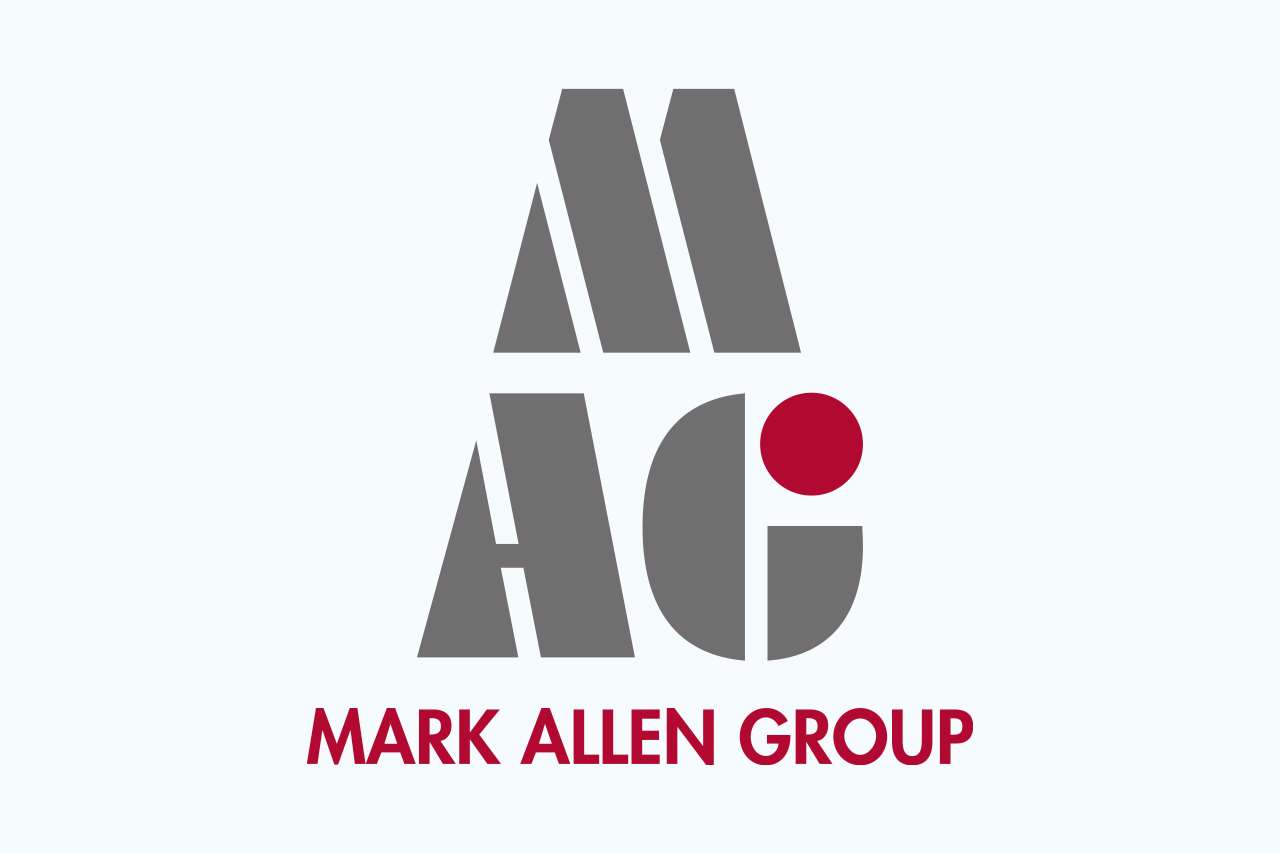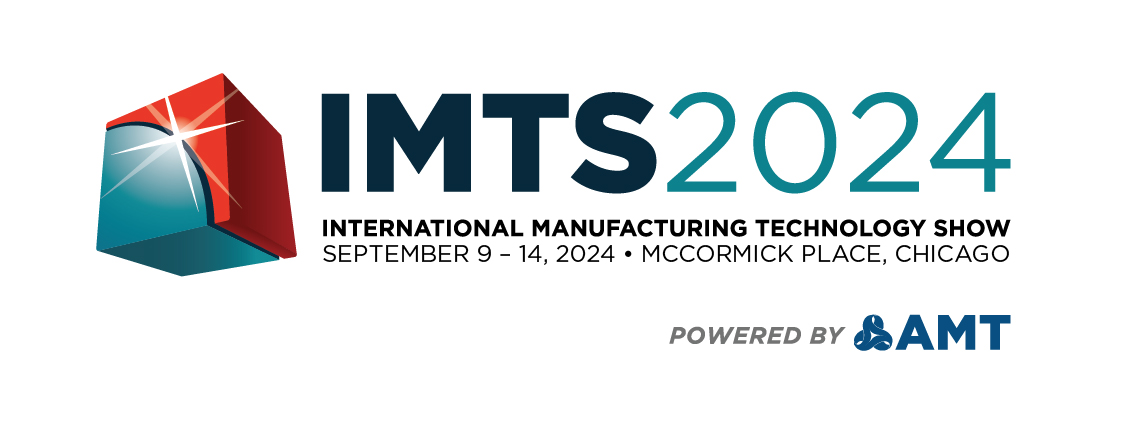FEBRUARY 26, 2024 | READING TIME: 15 MIN
It can’t be done? Oh yes it can! Five times more efficiently and with eighty percent lower electricity consumption
Right now, everyone is talking about using heat pumps for heating buildings. A heat exchanger is not only a integral part of a heat pump but it is also an essential component of a chiller. So how does it work? It operates by transferring heat energy between two media, albeit in a rather inefficient process, which Holger Sedlak, CTO of justairtech, was determined to improve on: “I am spurred on by the idea of seeing something that was hitherto not attainable yet is physically possible. I then start looking for solutions. In this case, we are concerned solely with air.” After what has been a fascinating journey for both EOS and justairtech, it has now been established that a solution is indeed possible. The result is a highly efficient heat exchanger which enables a revolutionary chiller design that requires only a third of the electrical energy previously needed.
What is new about the justairtech concept?
“A single fast track is better than multiple interchange stations”
Air in a room is conditioned by drawing it into a heat exchanger, where it is cooled. Then there is a water circuit and another circuit with a medium such as fluorinated hydrocarbons. These circuits must be driven by pumps, and the system also requires ventilators and additional components, all of which consume electricity. Sedlak uses a descriptive example to explain his alternative idea of cooling air with air: “In the old days, if you wanted to get from Munich to Berlin by train, you had to change at several stations. This was not only time-consuming but also rather annoying. But if you can avoid all these changes by taking a fast track route, the journey will be both considerably faster and significantly more pleasant.” This is the basic principle behind his product: Sedlak eliminates all the unnecessary intermediate elements, resulting in a fractal1 air-air heat exchanger, which, compared with conventional models, enables a new chiller and heat pump design that consumes only a fifth of the electricity. So far, so good. One of the reasons why this solution didn’t exist until now is that it simply couldn’t be produced.
1Fractal is a term that denotes certain natural or artificial shapes or geometric patterns (English wording corresponding to original German text). Source: Wikipedia, 24.07.2023
Challenge accepted:
Maximum surface area, minimum wall thickness, and more
Holger Sedlak brought his idea to EOS in May 2022, along with the key structure of his heat exchanger. Philipp Komurka from the EOS Team Additive Minds discussed the idea with his colleagues, although they initially considered the success of its implementation to be highly unlikely. The main sticking point hindering its realization was the extremely small wall thickness of approx. 150 mm micrometers, along with a very large surface area and altogether around 330,000 channels with a diameter of only 0.5 millimeters. Although EOS DMLS-3D printing is conceived for very intricate structures, the laser process necessitates the transfer of energy. This means that material has to melt in order to form a layer, but to comply with the component’s extremely stringent design specifications and not to block the channels, it is subject to height constraints. Another requirement was the use of the material 316L, i.e. stainless steel. Although other materials would have been easier to process, their conductivity would have been too high, which would have impaired the operation of the heat exchanger.
“In my life I have succeeded in realizing many impossible things, but I have always worked together with partners. What is needed is systemic thinking and a joint journey with other people in order to see where adjustments might be necessary in both the design and the production technology. It was clear to me that my product could only be created by metal 3D printing, and not only did EOS take on part of the risk, but it was extremely committed to jointly achieving the goal.“
Holger Sedlak, CTO of justairtech
The path towards the goal
Process and design, depowdering and cold building
Two members of the project team got together with Philipp Komurka to work on making the impossible possible. They began by modifying the parameters and processes and adapting each of them to fit the requirements of the justairtech heat exchanger. The team succeeded in configuring such variables as laser power, speed, and temperature ranges in a way that indeed enabled such a structure to be built. By the summer of 2022, the first test proved successful, but it required a very long construction time of 110 hours. Projected onto the component as a whole, the unit costs would have been far too high for economically feasible operation.
So the next task was to reduce the build time to a level of about 20 hours, as originally envisaged by Holger Sedlak. This meant lowering the build time by as much as 80 percent. One step towards achieving this was to reduce the volume of the build data, since the originally innumerable vectors resulted in a very large design file, which in turn led to an excessively long subsequent processing time. The design was optimized in a close collaboration between EOS and justairtech and the data volume considerably reduced. The second step comprised depowdering, since in the first build attempt, the finished structure contained around 30 kilograms of loose powder, which became caught up in the tiny channels. Komurka explains: “To start with, in addition to using the depowdering system, we also had to tap the channels by hand with a small hammer, because we hadn’t waited long enough. Finally, we realized that the component simply needed a longer depowdering time.” By autumn 2022 and after many optimization stages, the build time had reached 60 hours, by now corresponding to a reduction of almost 50 percent. To make the process even faster, the component was cold-built on the EOS M 400-4 – normally the build space is heated, as this makes the material easier to work with. In the end, using cold building enabled the cooling time to be considerably reduced.
Mission more than fulfilled – so what comes next?
“At the moment we have a build time of 10 to 12 hours, with depowdering taking about 4 hours – this brings us to a build time of around 16 hours to complete the central component of the new heat exchanger, not to mention the significantly lower unit price,” says Komurka with satisfaction. The first complete chiller is set to be put into use as a prototype in an industrial application in spring 2024; however, since the component is scalable, it can also be made larger or smaller than the prototypes.
So far, the build process has taken place at EOS. However, the idea is that justairtech should function as a think tank, as it does not plan to set up its own production facility in future our EOS End-to-End production partner MT Aerospace joins this project to build the component in series production. As Sedlak notes: “Our system is five times more efficient than conventional systems, and saves energy, CO2 and operating costs; also, thanks to its compact construction, it can be installed anywhere. Although we are beginning with industrial applications, we plan to move on to end consumers, since the product is suitable for heating and cooling any kind of building“, says Sedlak, setting out his vision. Where it goes from here we are sure to see, and we will continue to accompany our customer with this project in the future. So stay tuned.
#3dprintingstories
